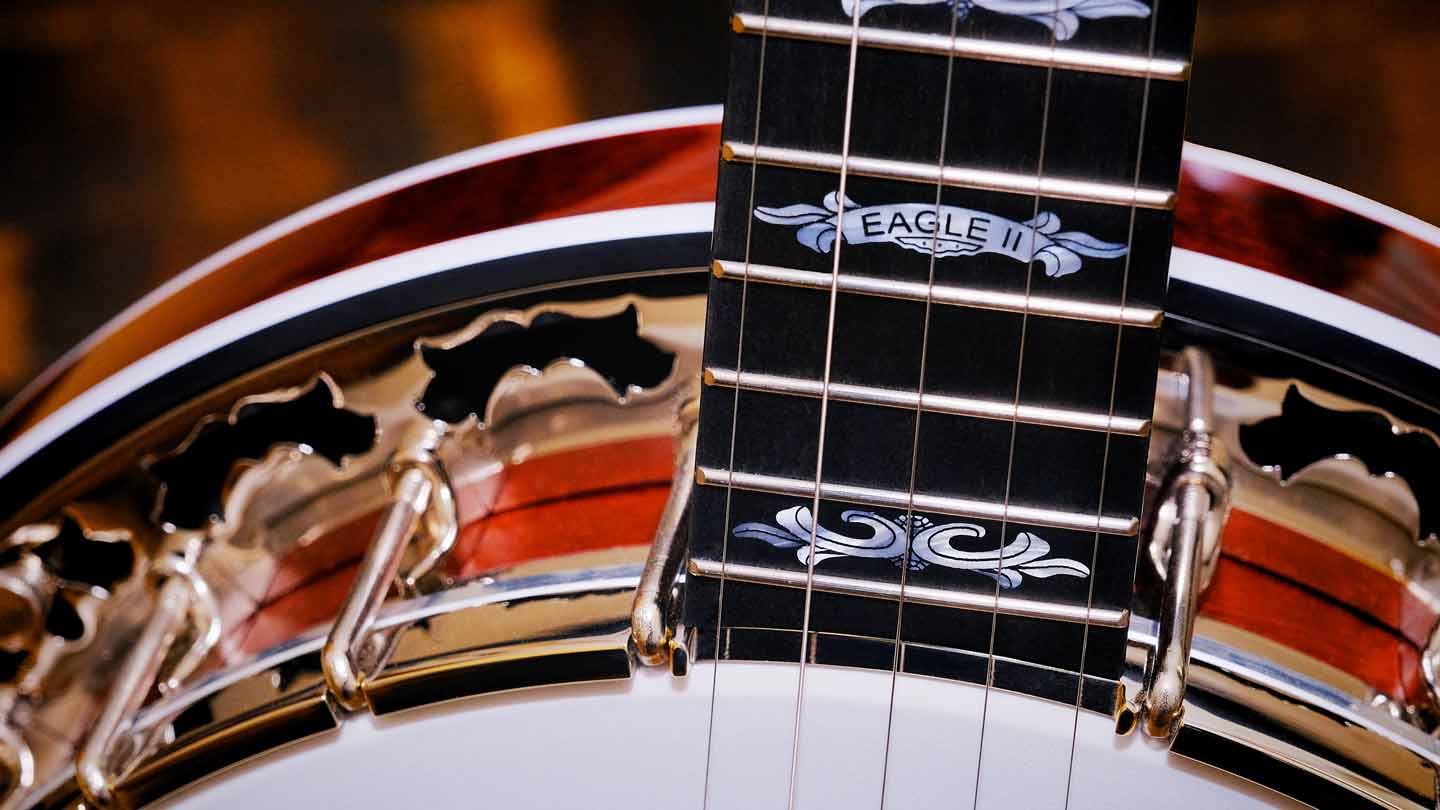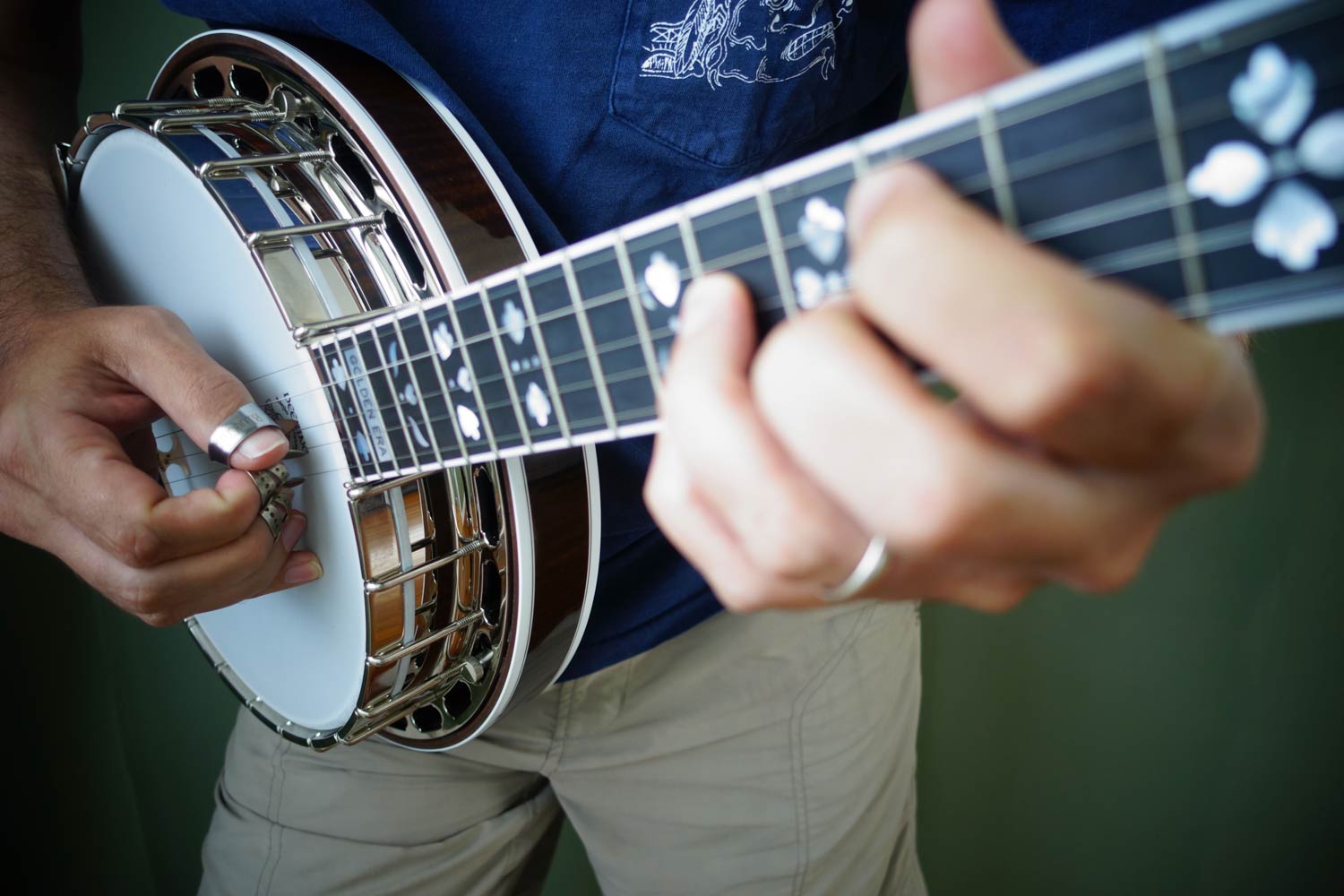When to Change Banjo Strings: A Comprehensive Guide
Learn the best practices for knowing when it's time to change the strings on your banjo with this comprehensive guide.
Signs that indicate it's time to change your banjo strings
One of the main signs that indicate it's time to change your banjo strings is when they start to lose their brightness and clarity. Over time, the strings on your banjo will naturally wear down and become duller, resulting in a decrease in sound quality. If you notice that your banjo sounds muffled or lacks the crispness it once had, it's a good indication that it's time for a string change.
Another sign to look out for is when your banjo strings start to feel sticky or rough to the touch. As strings age, they accumulate dirt, sweat, and oils from your fingers, which can cause them to become less smooth and more difficult to play. If you find yourself struggling to slide your fingers along the strings or experiencing a loss of playability, it's a clear sign that it's time to replace them.
Additionally, if you notice any visible signs of wear and tear on your banjo strings such as fraying, discoloration, or rust, it's definitely time for a change. These physical damages can not only affect the sound quality but also pose a risk to your instrument. It's important to regularly inspect your strings for any signs of damage and replace them as needed to ensure optimal performance and longevity of your banjo.
Factors to consider when deciding when to change banjo strings
When deciding when to change banjo strings, there are several factors to consider. One of the most important factors is your personal playing style and frequency. If you're an avid banjo player who practices daily or performs regularly, your strings may wear out faster compared to someone who plays occasionally. It's important to gauge how often you play and take note of any changes in the sound and feel of your strings.
Another factor to consider is the type of strings you're using. Different materials and gauges have varying lifespans. For example, steel strings tend to last longer than nylon or gut strings. It's important to familiarize yourself with the recommended lifespan of the specific type of strings you're using and take that into account when deciding when to change them.
Climate and environmental conditions can also affect the lifespan of your banjo strings. High humidity levels, excessive heat, and exposure to sweat and oils can accelerate the deterioration of strings. If you live in a humid or hot climate or frequently play in environments with these conditions, you may need to change your strings more frequently.
Lastly, your personal preference and desired tone can play a role in when to change banjo strings. Some players prefer the bright and crisp sound of new strings, while others may prefer a more mellow and worn-in tone. It's important to find the balance that suits your playing style and musical preferences.
Tips for prolonging the lifespan of your banjo strings
To prolong the lifespan of your banjo strings, there are several tips you can follow. Firstly, always make sure to clean your hands before playing. Oils, sweat, and dirt from your hands can accumulate on the strings and contribute to their deterioration. Wiping down the strings with a clean cloth after each session can help remove any residue and keep them in better condition.
Another tip is to store your banjo in a suitable environment. Avoid exposing it to extreme temperatures, high humidity, or direct sunlight, as these conditions can cause the strings to degrade more quickly. Investing in a quality case or gig bag can provide additional protection and help maintain the integrity of your strings.
Regularly inspecting your strings for signs of wear and tear is essential. By catching any issues early on, you can prevent further damage to your banjo and ensure optimal playability. If you notice any fraying, discoloration, or rust, it's time to replace the strings.
Lastly, consider using a string conditioner or lubricant to keep your strings in better condition. These products can help reduce friction and extend the lifespan of the strings. However, it's important to use them sparingly and follow the manufacturer's instructions to avoid any negative effects on the sound and playability of your banjo.
Different types of banjo strings and their recommended lifespan
There are various types of banjo strings available, each with its own characteristics and recommended lifespan. Steel strings are known for their durability and longevity, making them a popular choice among banjo players. They can last anywhere from several months to a year, depending on how frequently they are played and the level of care taken.
Nylon strings, on the other hand, are known for their warm and mellow tone. They tend to have a shorter lifespan compared to steel strings and may need to be replaced every few months, especially if they are subjected to frequent playing or harsh environmental conditions.
Gut strings, although less common nowadays, are still favored by some traditional banjo players. They have a rich and nuanced tone but are more delicate and require more frequent replacement. Gut strings may need to be changed every few weeks or months to maintain optimal sound quality.
It's important to note that these recommended lifespans are just general guidelines, and individual experiences may vary. Factors such as playing style, frequency, and environmental conditions can all impact the longevity of banjo strings. Regularly inspecting and evaluating the sound and feel of your strings will ultimately guide you in determining when it's time for a change.
Expert advice on how to properly maintain and care for your banjo strings
To properly maintain and care for your banjo strings, it's important to follow expert advice. Firstly, always wipe down your strings after each session with a clean cloth. This will remove any dirt, sweat, and oils that have accumulated and help prevent premature wear and corrosion.
Another important tip is to avoid excessive bending or stretching of the strings. While it's natural to adjust the tuning and tension of the strings, excessive bending or stretching can weaken them and lead to breakage. Use gentle and controlled movements when tuning or adjusting the banjo strings.
Additionally, it's recommended to change your strings one at a time rather than all at once. This helps maintain tension and stability in the banjo neck and reduces the risk of any sudden changes in string tension. By changing one string at a time, you can also ensure a smoother transition and minimize the impact on your playing.
Lastly, consider using a string cleaner or conditioner to help remove any stubborn residue and keep your strings in better condition. These products can help extend the lifespan of the strings and improve their playability. However, it's important to choose a cleaner that is suitable for your specific type of strings and follow the instructions provided by the manufacturer.
By following these expert tips and incorporating them into your banjo maintenance routine, you can ensure that your strings last longer and maintain optimal performance.
















